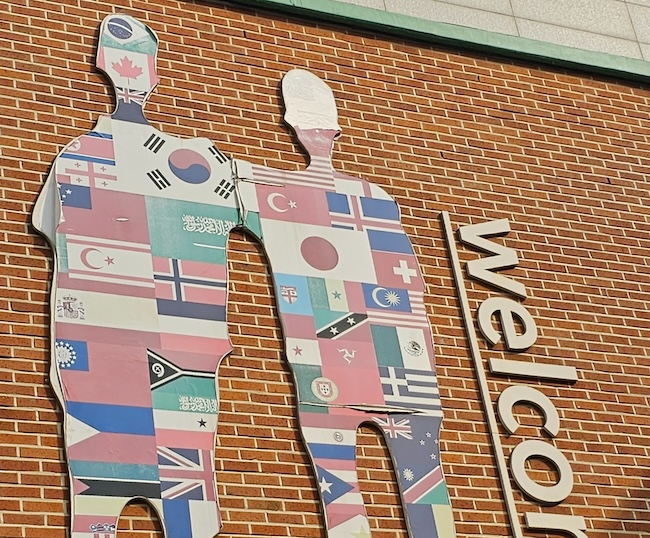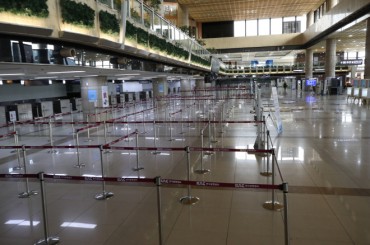
The country is witnessing a significant demographic shift in its multicultural population. (Image courtesy of Yonhap)
SEOUL, Jun. 24 (Korea Bizwire) – As South Korea grapples with a declining birth rate, the country is witnessing a significant demographic shift in its multicultural population.
Experts predict a decrease in the proportion of preschool-aged children from multicultural families, while the percentage of middle and high school students, as well as young adults in their early 20s, is expected to rise.
This changing landscape has prompted calls for a reevaluation of multicultural policies, which have traditionally focused on supporting minors. Critics argue that more comprehensive support systems are needed for multicultural young adults in their early 20s.
According to a report titled “Key Status and Challenges of Multicultural Education Examined Through Statistics,” released on June 23 by Mo Young-min, an associate research fellow at the Korean Educational Development Institute, the number of multicultural births in 2022 was 12,526. This figure represents 5% of the total 249,186 births in South Korea that year.
The report defines multicultural births as those where one parent is a foreigner or a naturalized citizen, or both parents are naturalized citizens.
A decade earlier, in 2012, the number of multicultural births stood at 22,908. This marks a significant decline of over 10,000 (45.3%) in just ten years. The rate of decrease in multicultural births closely mirrors the overall decline in South Korea’s birth rate during the same period.
Consequently, the proportion of multicultural births relative to total births has remained relatively stable, moving from 4.7% in 2012 to 5% in 2022.
Experts attribute this trend to increased social participation of women from multicultural families, leading to patterns similar to those seen in the broader Korean society: later marriages, older maternal ages, and consequently, lower birth rates.
The data shows a stark shift in maternal age among multicultural families. In 2012, 61.8% of multicultural births were to mothers aged 29 or younger. By 2022, this figure had plummeted to 31.3%.
Marriage patterns in multicultural couples have also evolved. The proportion of husbands aged 35-44 at the time of marriage decreased from 41.1% in 2012 to 32.8% in 2022. Conversely, the percentage of grooms aged 45 and above increased from 25.5% to 31.2%.
While wives in multicultural marriages still tend to be younger than their husbands, there’s a clear trend towards later marriages. The proportion of brides aged 24 or younger dropped from 30.8% to 17.4%, while those in their 30s and above increased from 44.4% to 58.6%.
This decline in multicultural births is expected to lead to a reduction in the school-age population from multicultural families, causing a major shift in the demographic structure of multicultural students.
As of 2022, 89.7% of all multicultural students were in elementary or middle school. However, the proportion of high school students and young adults (ages 19-24) from multicultural backgrounds is projected to increase in the coming years.
Mo emphasized the need for policy adjustments: “To date, multicultural student policies have primarily focused on language support for younger children. There’s a relative lack of policies targeting older adolescents. We need to pay more policy attention to establishing support systems for multicultural late adolescents.”
M. H. Lee (mhlee@koreabizwire.com)





